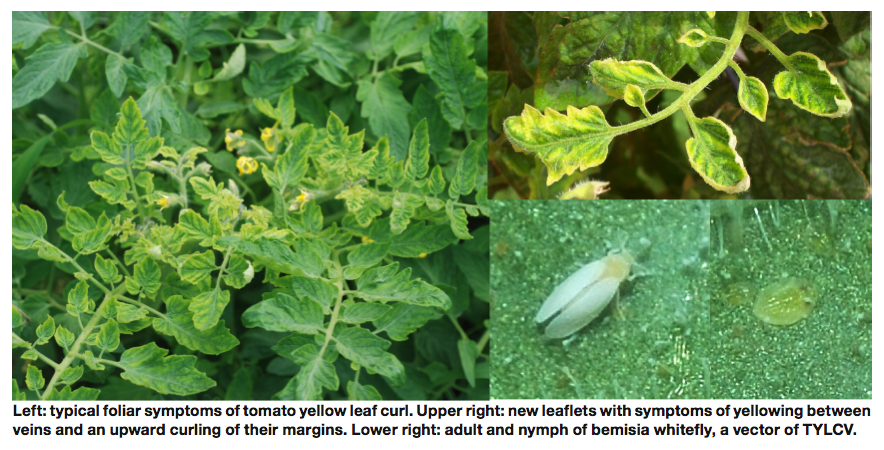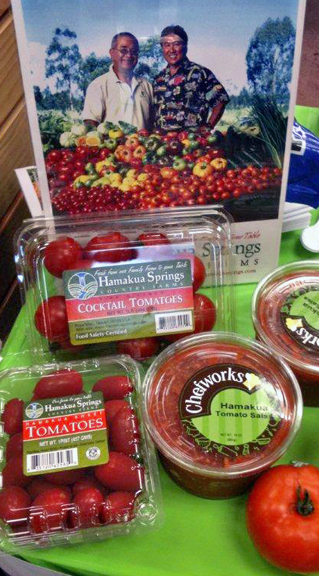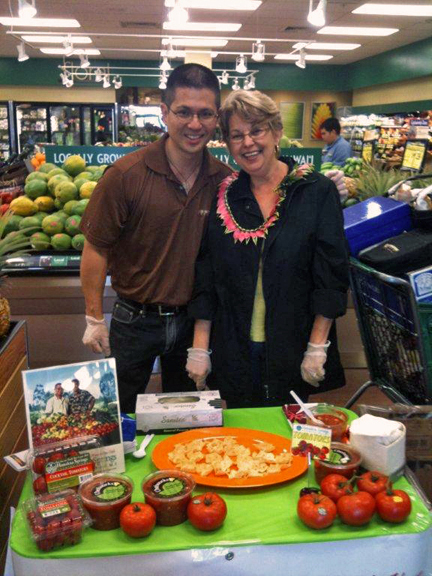Do you know about Pierre Omidyar’s new online news organization out of Honolulu? It’s called Civil Beat, and it just went online this week.
It’s a whole different approach to news, and it’s really interesting. From Editor John Temple’s introductory remarks:
A New Approach to Journalism
By John Temple

(photo: Randy Ching & Mark Quezada/Civil Beat)
Welcome to Civil Beat. We’re glad you decided to join us.
I’d like to tell you about the journalism you can expect to find here
from our team of reporter-hosts. It’s different. And I’m excited to
begin talking with you about it before we start
publishing articles on May 4.
We start this news service with the belief that we’re here to serve
you. That means our daily work is to ask the important questions
citizens might have in the face of the complex issues facing our
community. And to answer them in a way that helps members reach an
informed opinion, based on our reporting and the discussion that will
take place as we together create the new civic
square.
You’ll find that our initial coverage is centered around five
fundamental beats: Hawaii, Honolulu, Education, Land and Money. For each
of these coverage areas, we have identified critical issues – and now
that you’re here we hope you’ll help us sharpen our focus.
…
How will we do this to best serve you? First, you’ll be part of the
process. You might have noticed that we’ve opened the doors to this new civic square without putting up any news articles. That’s different – a news service without news, at least initially. It’s intentional. We want to begin by talking with you about what we’re doing, to hear what you want from us and what you think we should be asking. We believe
conversation and civil debate with our reporter-hosts and with other
members is central to what will make Civil Beat valuable. And we want
you to see that the core of our service isn’t the article itself. Of
course, incisive news reporting soon will be an important part of what
we offer. But at the heart of our service are pages dedicated to
providing you context and understanding about the issues you need to
know about. These “topic pages” are living pages. They’ll grow over
time, with your help. We know you’re busy and that our job is to help
make it easy for you to learn about and truly understand what’s going
on, and what you might be able to do about it. With our approach, you
should be able to find the background you need when you want it, without having to surf thousands of pages of documents or make numerous phone calls to unearth what should be readily available to you. (Read more)
I love that they are thinking differently, and providing “topic pages” that lay out background and context about the issues they then report about, and that there will be conversation.
How will they make money? It’s by membership. Anyone can roam around the site, but to delve more deeply into the content you’ll need to be a member. Right now they are offering a discount on the first month’s membership. Normally it’s $19.99/month, but if you sign up now you get the first month for $4.99. I’m going to join.






